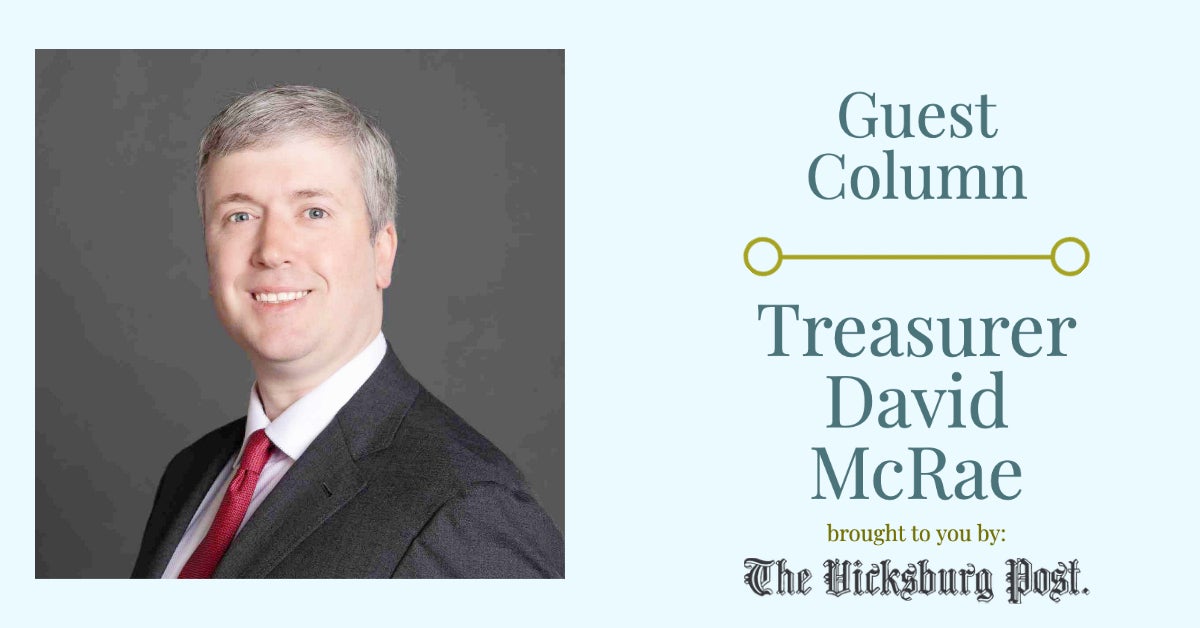The new appeal of high-yield bond funds
Published 12:00 pm Friday, September 7, 2012
(ARA) – With short-term interest rates at historic lows, many investors are turning to “high-yield” bond funds to generate more income from their investment portfolios. They could make sense for you, too.
High-yield bonds are bonds issued by companies that do not carry investment-grade credit ratings. These companies often have higher-than-average levels of debt, suggesting that they are at greater risk of defaulting on their obligations to bondholders. To reward investors for taking that risk, companies pay higher rates of interest on their bonds. In late August, for example, when intermediate-term corporate bonds from investment-grade companies were yielding about 2.4 percent, high-yield bonds were offering about 7 percent.
Despite this riskier profile, high-yield bonds historically have had a relatively low default rate – about 4.4 percent annually, on average, over the past two and a half decades. For the first six months of this year, with corporate profits strong, the default rate was only 2.5 percent.
A mature marketplace
The market for high-yield bonds is larger and more diversified today than it was a few decades ago, when these securities were often referred to as “junk bonds.” It is now a $1 trillion-plus marketplace featuring bonds from companies in a wide range of industries, and broadly diversified in terms of credit quality. Rating agency Standard & Poor’s has a dozen different rating levels for high-yield issuers, ranging from “BB+” for those one notch below investment grade to “D” for those that have already defaulted on some of their financial commitments.
This diversity in today’s high-yield marketplace makes it easier for investors to manage default risk, since they can build portfolios of bonds in various industries and maturities across the credit spectrum.
Although high-yield bonds can fall in value when the economy weakens and investors start to worry about getting paid, those at the top of the ratings scale tend to fall the least. And they usually fluctuate less dramatically than stocks. In fact, research by Thrivent Financial analysts has shown that over the past 25 years the total return on high-yield bonds has been about equal to that of the Standard & Poor’s 500 Stock Index, but with only about two-thirds of the volatility.
“There are risks to investing in the high-yield market, just as there are risks in any market,” says Mark Simenstad, vice president and head of fixed-income funds for Thrivent Financial for Lutherans, a diversified financial services organization. “But it’s not a monolithic market. Many of the higher-quality bond issuers are established, well-known companies with good business prospects, which wasn’t always the case 20 or 30 years ago.”
Investing prudently in high-yield bonds
Beyond focusing on credit ratings, one of the simplest ways to minimize the risk of investing in high-yield bonds is through diversification. Instead of buying one bond, investors are encouraged to buy several issued by different companies in different industries. That way, one default can’t take down the entire portfolio. They also can incorporate other high-yielding assets into their holdings, including preferred stocks, convertible bonds and even mortgage-backed securities.
Unfortunately, assembling a diversified high-yield bond portfolio can be a tall order for many investors, who often don’t have the time or resources to assess the financial health and business prospects of many different issuers. Accordingly, most choose to invest via mutual funds specializing in that sector of the market, delegating security selection and trading decisions to a professional money manager.
Paul Ocenasek, manager of the Thrivent High Yield Fund, says high-yield bond funds can be appropriate for several types of investors. “They can certainly make sense for anyone looking to generate income from their investment portfolio,” he says, “since the yields they offer are often higher than what’s available from investment-grade corporate bonds, and typically higher than the yields on conservative cash investments.”
To be sure, high-yield bonds are not risk-free. They can go down in value when interest rates rise or when business conditions deteriorate and market sentiment sours. And, as noted, they can fall into default. But, Simenstad stresses, while investors should not ignore the risks associated with high-yield bonds, neither should they exaggerate them. A prudently managed high-yield bond fund, he maintains, can play a meaningful role in almost any broadly diversified investment portfolio.





